Data Mesh vs. Lakehouse 2.0: The New Frontier of Decentralized and Unified Architectures
As data volumes and complexities continue to skyrocket, traditional centralized data architectures are being reimagined to better meet modern demands. Two of the most compelling paradigms emerging today are Data Mesh and Lakehouse 2.0. While Data Mesh advocates for decentralized domain ownership and localized pipelines, Lakehouse 2.0—exemplified by next-generation concepts like LakeDB—aims to merge the flexibility of data lakes with the performance and reliability of databases.
The Rise of Data Mesh: Decentralization for Domain-Specific Agility
Data Mesh represents a paradigm shift in data engineering. It shifts data ownership from a centralized IT team to individual business domains, empowering those closest to the data to manage it as a product. This decentralization promotes agility and accountability, ensuring that each domain tailors its data pipelines to its unique needs.
Key Characteristics:
- Decentralized Ownership: Individual domains—such as marketing, sales, or healthcare—are responsible for their data quality and governance.
- Domain-Specific Pipelines: By managing their own data pipelines, teams can rapidly iterate and optimize data processing to suit their specific use cases.
- Product Mindset: Data is treated as a product, with domain teams ensuring its reliability, usability, and discoverability.
Benefits:
- Faster, domain-specific innovations.
- Improved data quality and relevance.
- Enhanced responsiveness to changing business needs.
However, this decentralized model also introduces challenges in ensuring cross-domain consistency and central oversight, particularly in regulated industries like healthcare and finance.
Lakehouse 2.0: The Unified, Next-Gen Architecture
Lakehouse 2.0 takes the best of both worlds: it combines the scalability and cost-efficiency of data lakes with the performance and management features of data warehouses. Modern implementations of Lakehouse architectures—such as Delta Lake, Apache Iceberg, and emerging LakeDB concepts—are designed to support federated queries, real-time analytics, and zero-ETL data sharing.
Key Innovations:
- Federated Queries: Platforms like Snowflake and Databricks are evolving their Lakehouse solutions to support federated queries, enabling seamless data access across diverse sources without the need for extensive ETL processes.
- Zero-ETL Data Sharing: The advent of zero-ETL models minimizes the overhead of moving data between systems, reducing latency and storage costs.
- Enhanced Governance: Despite offering flexibility, modern Lakehouse architectures incorporate robust metadata management, versioning, and governance mechanisms, ensuring data reliability and compliance.
Benefits:
- Unification of structured and unstructured data.
- Simplified data management with near real-time query performance.
- Reduced operational overhead and cost savings.
Lakehouse architectures are increasingly adopted by companies needing a balance of scalability, speed, and centralized governance. Yet, their one-size-fits-all approach sometimes falls short when nuanced, domain-specific requirements come into play.
Industry Leaders Innovate: How Snowflake and Databricks Adapt Lakehouse Formats
Snowflake and Databricks have been at the forefront of this evolution. Snowflake’s Lakehouse offerings now support federated queries across multiple data sources, allowing enterprises to tap into unified insights without massive data movement. Meanwhile, Databricks leverages Delta Lake and Apache Iceberg to build a cohesive framework that handles both batch and streaming data efficiently.
Key Highlights:
- Federated Queries: Snowflake’s enhancements let organizations query disparate datasets with minimal data replication, while Databricks’ Delta Lake ensures ACID transactions across large-scale data.
- Zero-ETL Sharing: Both platforms have invested in reducing the need for traditional ETL, enabling data to be shared and queried in its raw form, significantly reducing processing times and costs.
- Performance & Governance: These modern Lakehouse solutions incorporate features such as time travel, schema enforcement, and data versioning, balancing high performance with regulatory compliance.
This ongoing innovation is crucial for businesses that need to extract insights rapidly while ensuring data remains accurate and compliant.
Real-World Challenges: Balancing Autonomy and Governance
In industries like healthcare and finance, the tension between decentralized domain ownership and centralized governance is particularly pronounced. On one hand, Data Mesh empowers domain experts to fine-tune data pipelines for specialized needs. On the other, regulatory demands and the need for consistent data quality drive the case for a unified, governed architecture like the Lakehouse.
Case Examples:
- Healthcare: A hospital network might adopt Data Mesh to allow each department to manage its own patient data and analytics. However, centralized governance is necessary to maintain HIPAA compliance and ensure that all data meets stringent security standards.
- Finance: Banks can benefit from the agility of Data Mesh for customer-facing applications, yet must rely on unified Lakehouse architectures to handle complex, risk-sensitive data across the organization and ensure compliance with regulations like GDPR.
Balancing these competing needs requires a hybrid approach that leverages the best of both models.
Actionable Framework: Hybrid Architectures for the New Frontier
The solution lies in blending domain-specific autonomy with unified analytics—a framework that leverages Data Mesh for localized, agile pipelines and Lakehouse (or LakeDB) concepts for centralized, high-performance analytics.
Proposed Hybrid Architecture:
- Domain-Specific Pipelines (Data Mesh):
- Unified Analytics Layer (Lakehouse/LakeDB):
- Integration & Monitoring:
Actionable Takeaway: Adopt a hybrid architecture that combines the agility of Data Mesh with the performance and governance of Lakehouse 2.0. Start by identifying key domains where localized control can drive innovation, and gradually integrate these with a centralized Lakehouse platform for unified insights. This framework enables organizations to maintain domain-specific advantages while achieving consistency, compliance, and scalability at an enterprise level.
Conclusion
The future of data architecture lies in striking the right balance between decentralized and unified approaches. Data Mesh empowers domains with localized control and agility, while Lakehouse 2.0 offers a robust framework for centralized governance and high-performance analytics. By embracing a hybrid model that leverages the strengths of both paradigms, data engineers can build systems that not only meet today’s demands but also scale efficiently into the future. As industry leaders like Snowflake and Databricks continue to innovate, the new frontier of data architecture promises to deliver actionable insights with unprecedented speed and reliability.
What hybrid strategies have you explored in your organization? Share your experiences and join the conversation on this exciting frontier of data engineering!
#DataMesh #Lakehouse #DataEngineering #HybridArchitecture #BigData #Snowflake #Databricks #DeltaLake #ApacheIceberg #ZeroETL #UnifiedAnalytics #TechInnovation


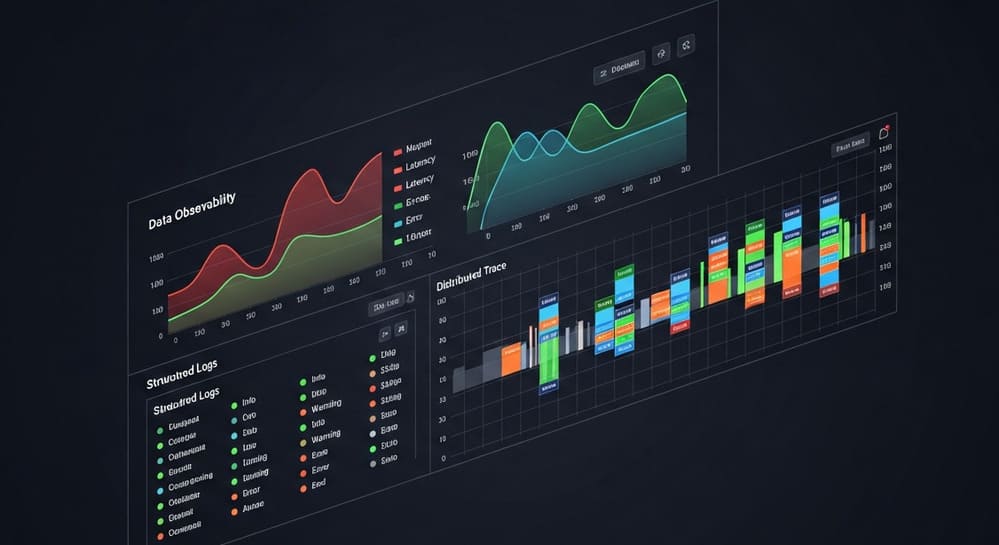
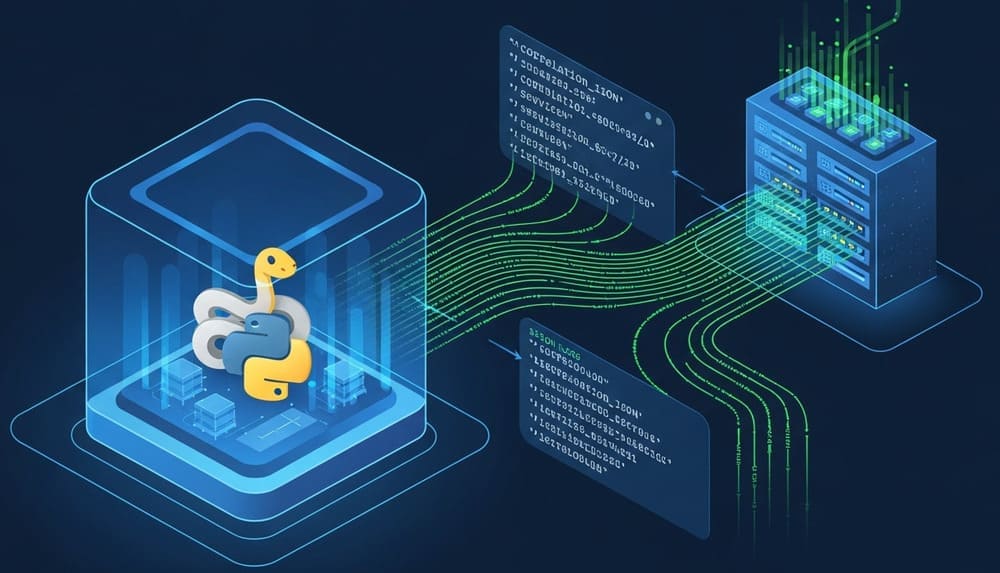
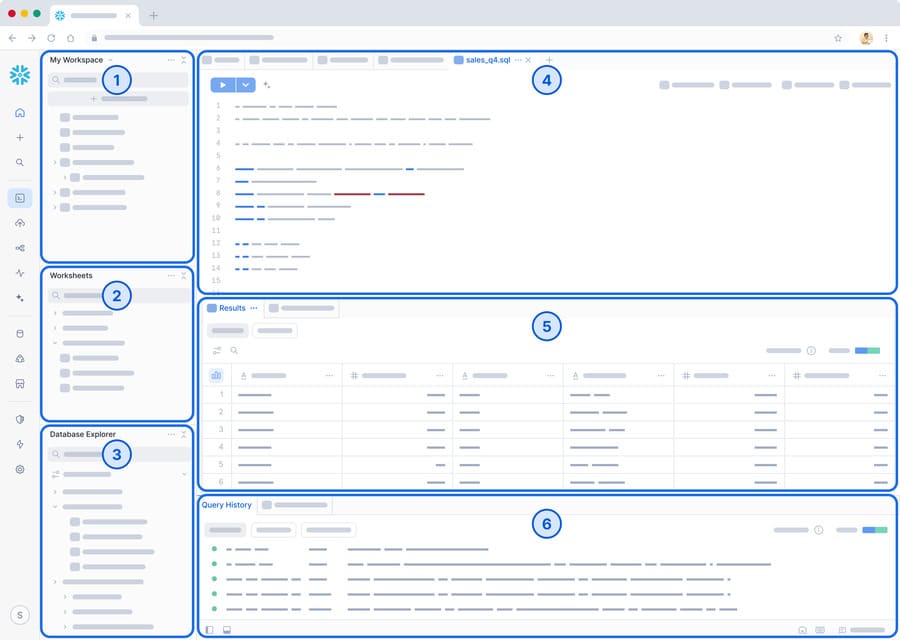


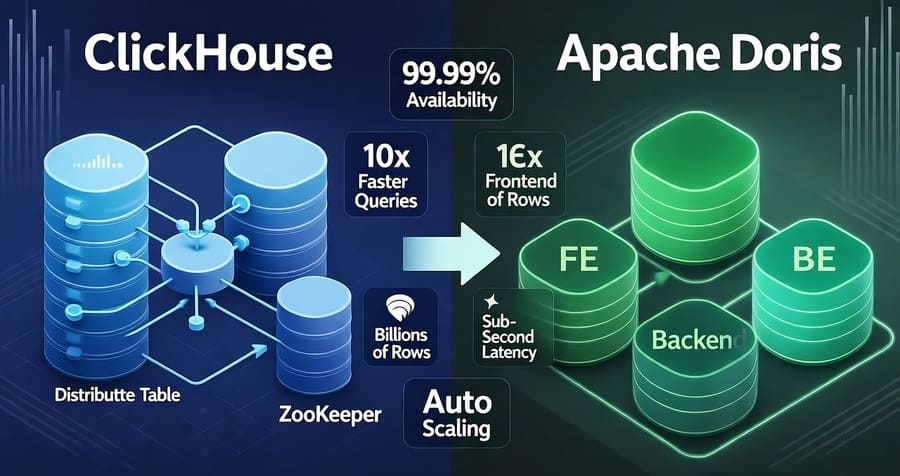
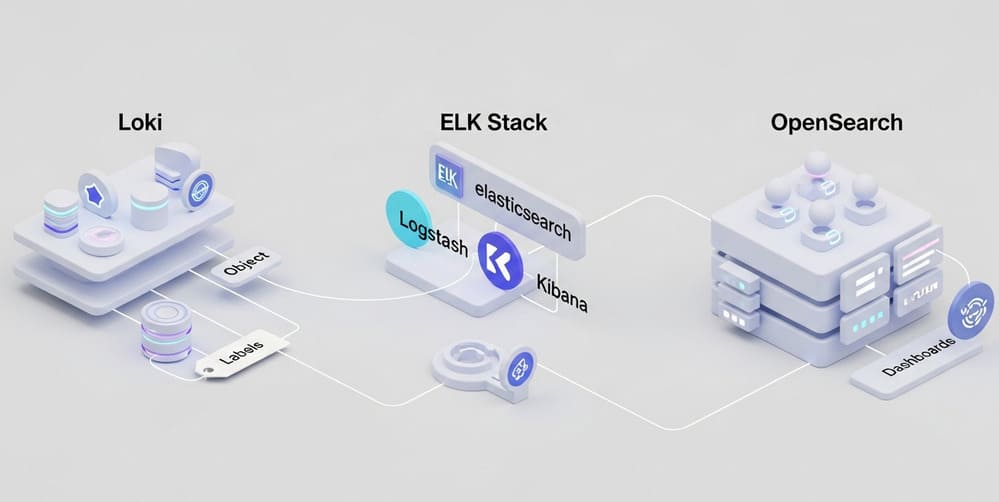

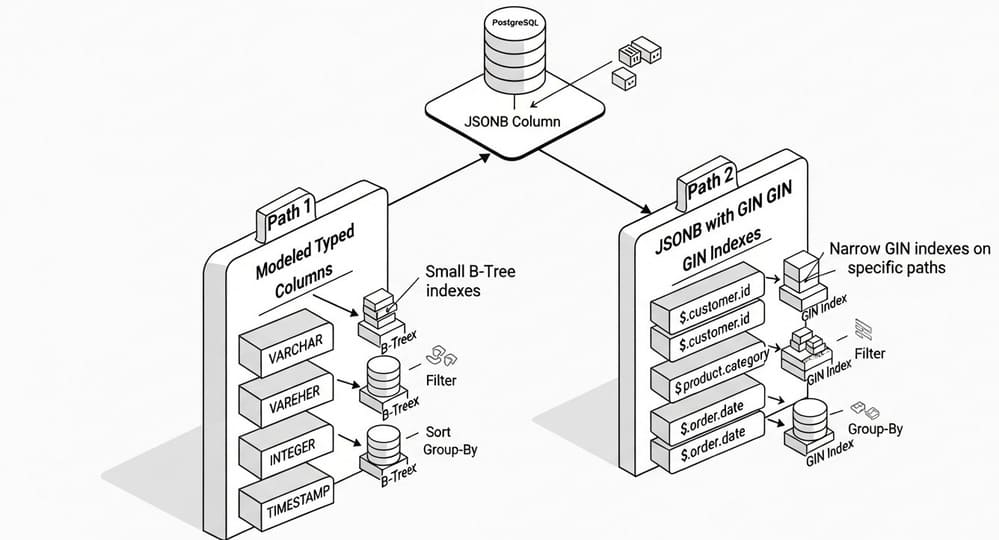
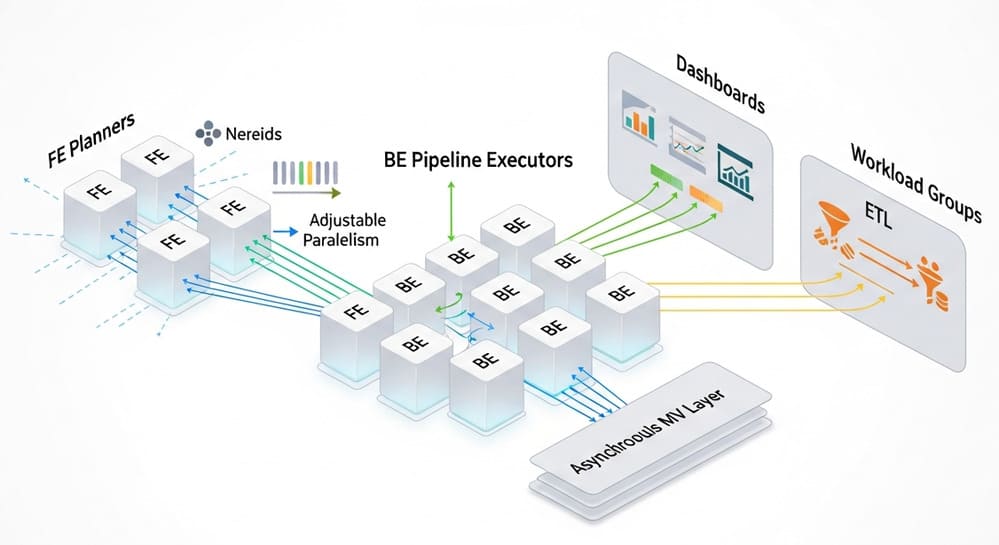
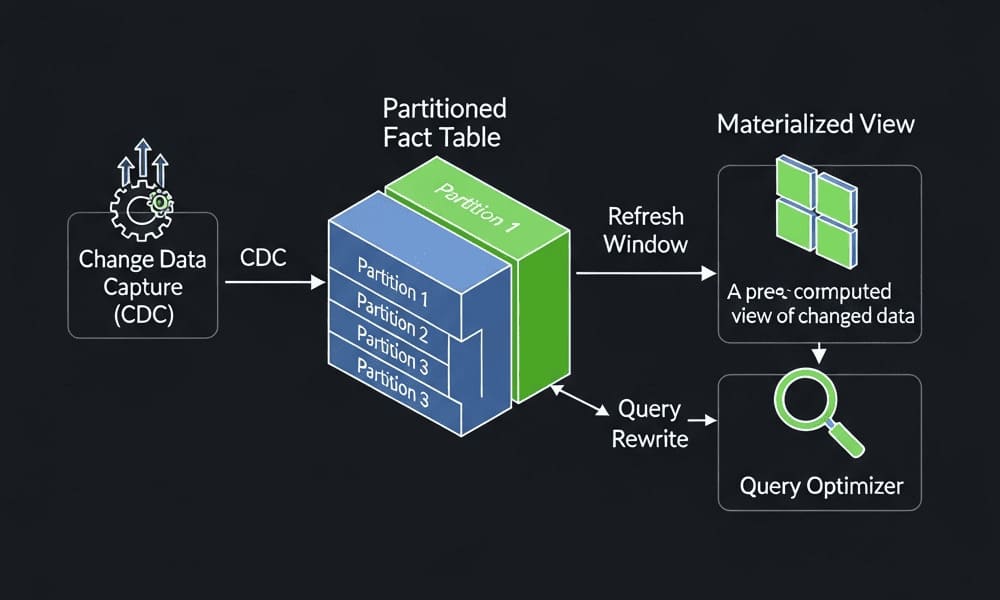
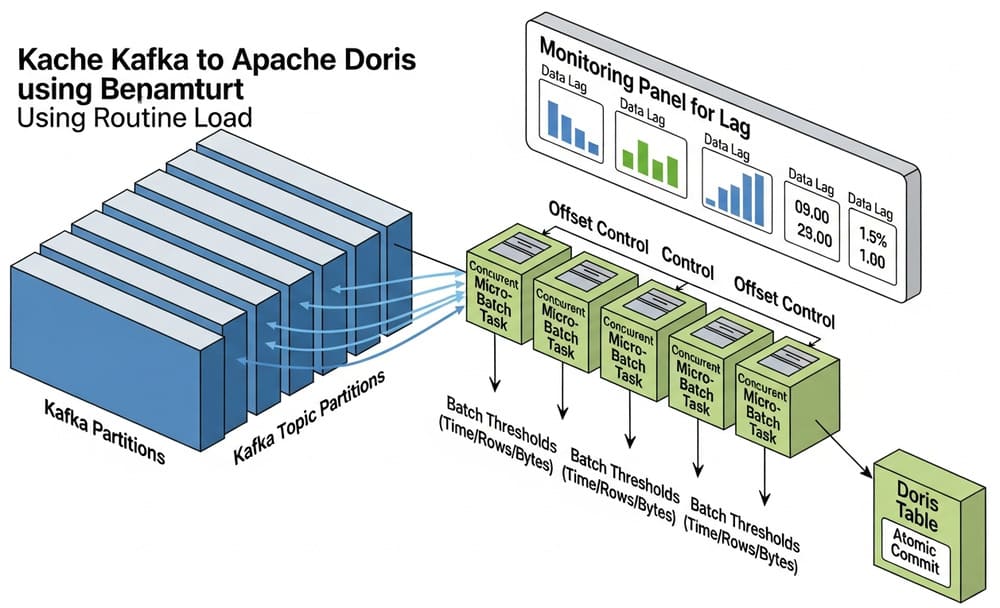
Leave a Reply